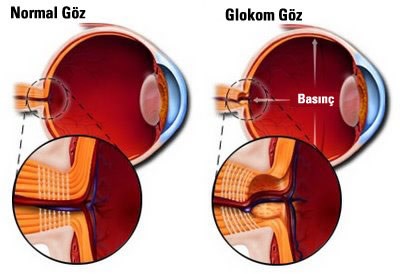 What is Glaucoma?
What is Glaucoma?
Glaucoma is a condition characterized by progressive damage to the optic nerve and a gradual loss of peripheral vision, often due to elevated or normal intraocular pressure.
Is Glaucoma a Dangerous Disease?
Glaucoma affects about 3 out of every 100 people. It can occur at any age but is often insidious, showing no symptoms until irreversible vision loss has occurred. It is a dangerous disease because it can lead to permanent blindness if untreated.
What Causes Glaucoma?
There are various types of glaucoma, but the common factor among all is that untreated cases will result in optic nerve damage and vision loss. While the exact causes remain unclear, the most significant risk factor known is high intraocular pressure. However, some people with normal eye pressure may still develop glaucoma due to poor circulation to the optic nerve, which may impair its nutrition. Therefore, normal eye pressure does not rule out the possibility of glaucoma, and further tests are required to diagnose it.
Types of Glaucoma:
How is Glaucoma Treated?
Glaucoma requires lifelong monitoring. Treatment can reduce intraocular pressure, but it does not cure the disease. The goal of treatment is to slow or stop the damage to the optic nerve.
Treatment options include:
- Medications: There are many medications to lower intraocular pressure, typically starting with one drug. If pressure is not sufficiently lowered, additional medications may be added.
- Laser Therapy: Selective Laser Trabeculoplasty (SLT) is a recent, non-invasive treatment that can reduce intraocular pressure by up to 30%. SLT can be repeated and is commonly used for open-angle glaucoma. For angle-closure glaucoma, YAG laser iridotomy is performed to create a hole in the iris to alleviate pressure.
- Surgical Treatment: If medication and laser therapies fail, surgery may be required. Trabeculectomy is a procedure where a small hole is created in the eye to allow fluid to drain, reducing pressure. However, surgery is considered a last resort due to its risks and lower success rate. In cases where surgery is unsuccessful, additional surgeries or drainage tubes may be needed.
Can Glaucoma be Prevented or Cured?
While glaucoma cannot be cured, it can often be controlled with early diagnosis and appropriate treatment. Regular eye exams are essential for detecting glaucoma, especially for individuals with risk factors such as family history, age, or high intraocular pressure.